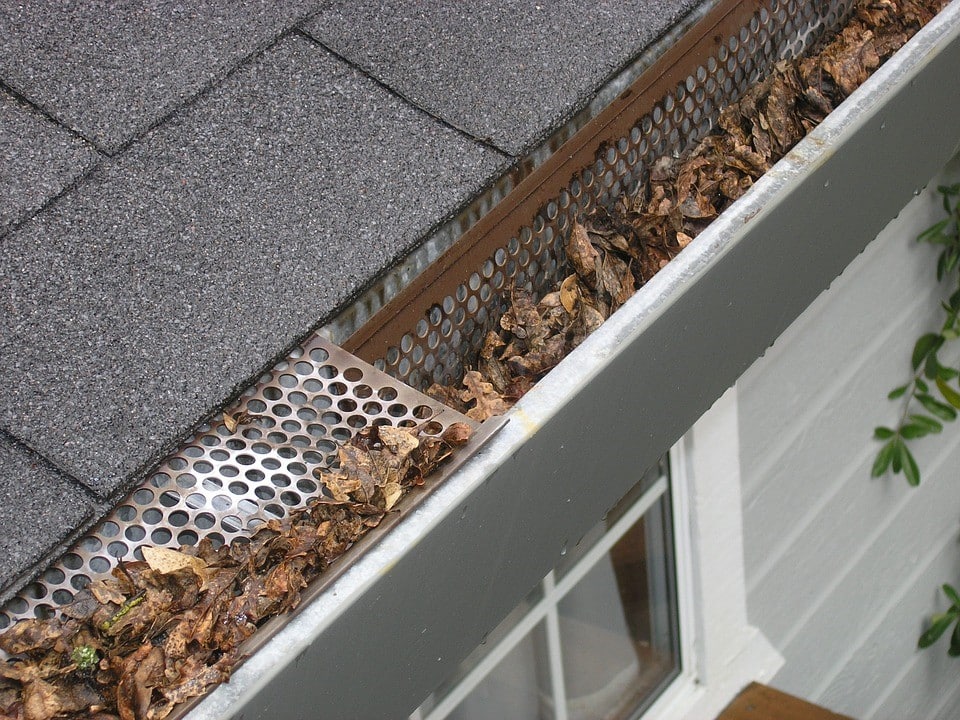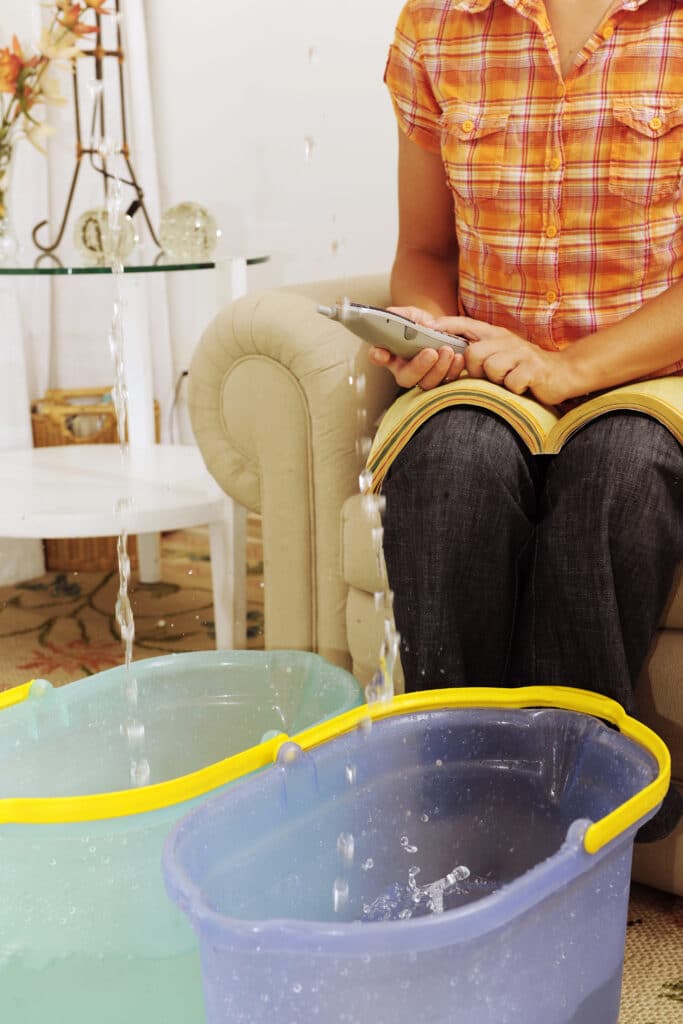Winter Is Coming: 5 Tips for Choosing Insulated Windows
Thanks to Game of Thrones, “winter is coming” is more than just a phrase—it’s a state of mind. A philosophy. A warning.
Although the DMV is not at risk of hordes of undead swooping down from the north, winter does drop temperatures and send cold into improperly insulated homes. And often, the source of that improper insulation is old windows. Those ancient, single-pane windows not only let in the cold but also let heat escape, thus forcing your furnace to work harder to keep your home warm.
If you are considering upgrading your home with insulated windows, now is the perfect time to proceed with the project, before winter arrives. The move can help you realize a savings in your energy bills—replacing single-pane windows with ENERGY STAR–approved products can save homeowners in the Southeast $446 per year. Here are five tips to remember when choosing replacement windows:
1. Get in the right frame of mind
Many materials are available for your replacement window frames, each with their own pros and cons:
Vinyl
Less expensive, more energy-efficient, not as versatile in terms of colors, not as aesthetically pleasing
Wood
More expensive, provides a classier look, requires more maintenance, can be prone to rot over the years
Aluminum
Not as energy-efficient as other materials, sturdy in extreme weather, practically priced
Fiberglass
Excellent insulation capabilities, strong, costlier, long-lasting
Composite (wood and sand)
Aesthetically looks like wood without the expense, good insulation benefits, low maintenance
Budget will factor into what type of window material you use, as will the style of your home—modern-looking fiberglass windows might not mesh well with a typical wood-frame home, for example.
2. Know your styles
When upgrading to insulated windows, you may choose the style you currently have, or you may opt for something different. Here is a quick primer on various window styles for residential homes:
Double-hung
This traditional window consists of two sashes (frames for panes)—an upper and a lower—that move vertically to open.
Single-hung
This window is similar to a double-hung except that only the bottom sash opens.
Casement
This option boasts lower leakage rates because of a tight seal. The window is hinged from the side and opens outward, usually with a crank.
Awning
This is essentially a casement window that is instead hinged at the top.
Bay
This design features three or more spaces for glass, with the center window(s) parallel to the outer wall and the side windows angled back.
Bow
This is similar to a bay window but with additional lights (spaces for glass) and panes that radiate out to form a semicircle.
Sliding windows
Imagine a single- or double-hung window, except the sash(es) opens horizontally.
Picture windows
With a single, large pane of glass, picture windows don’t open but offer great views of the outside.
3. Pick a pane
If you goal is insulated windows that keep the cold out and the heat in during the winter (and vice versa in summer), forget about single panes of glass. Double panes are much more energy-efficient and are all-around well worth the investment. Triple panes are better for keeping out noise and provide increased insulation but not as much as the upgrade from single to double panes. Either air or (preferably) argon gas is sealed between the panes to also increase insulation.
4. Ratings game
Insulated windows come with a number known as U-Value or U-Rating that measures the rate at which heat flows through (and, thus, out of your home) the glass and frame. The rating often ranges between 0.15 and 1.20—a lower number means the window is more energy-efficient.
5. Choose an expert installer
Replacement windows represent a significant investment—one that pays off in energy savings and increased home value but a major expense nonetheless. The contractor you choose (because for a job this important, you don’t want to try the DIY route) must be reliable, experienced, trustworthy, and properly licensed and insured. The best installers answer all your questions, spell out exactly what they will do and how much it will cost, and then deliver on time and on budget. With winter on its way, that peace of mind is essential for homeowners. So be sure to do your homework.
How energy-efficient or drafty are your windows?

Contact Us for a Free Estimate
What to Expect When
You Choose Our Team
We’re Committed to You
Every Step of the Way
- Meet to discuss your project and free estimate.
- Select materials and colors for the look you want.
- Arrange payment through financing or your insurance.
- Install new roofing, siding, or gutters for amazing results.
- Ensure you’re 100% satisfied with our services.







